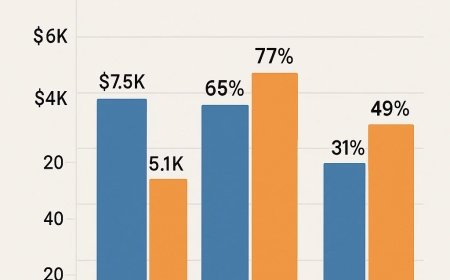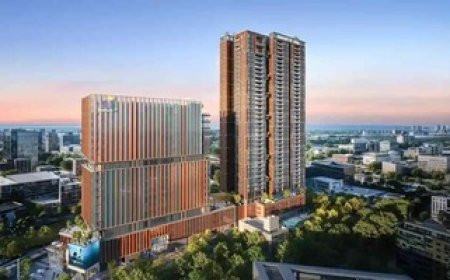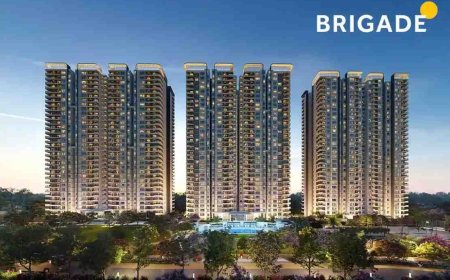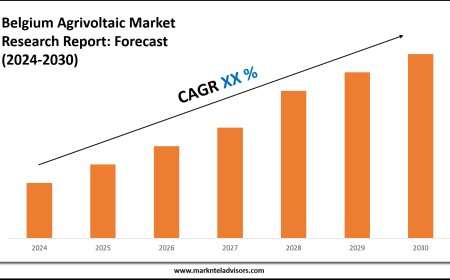Bipv Panel, Building Integrated Photovoltaics: Revolutionizing Sustainable Architecture
Building Integrated Photovoltaics (BIPV) are solar panels that are directly incorporated into a building's structure, such as its roof, windows, or façades.
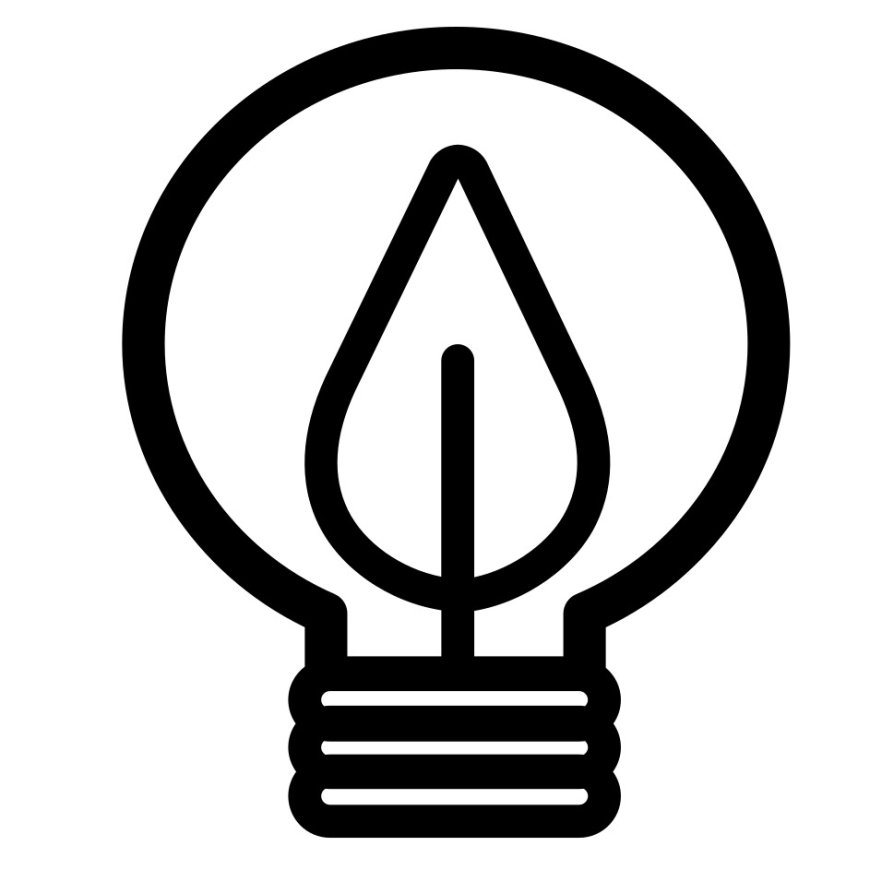
Building Integrated Photovoltaics (BIPV) are solar panels that are directly incorporated into a building's structure, such as its roof, windows, or faades. Unlike traditional solar panels that are simply mounted onto existing surfaces, BIPV systems serve a dual purpose: they generate electricity while also acting as integral building materials.This integration allows buildings to produce clean energy without compromising architectural design or function.The technology behind BIPV is designed to blend solar power generation seamlessly with construction elements, reducing the need for additional mounting hardware and often improving the building's energy efficiency. It is becoming an increasingly popular choice for new developments aiming to balance sustainability with aesthetics.With BIPV, buildings dont just consume energythey become active contributors to renewable energy production. This approach supports efforts to lower carbon footprints and offers a practical pathway to meet modern energy standards and regulations.
Key Aspects of Building Integrated Photovoltaics (BIPV)
Building Integrated Photovoltaics (BIPV) combine solar power generation with structural building elements. This integration impacts panel technology, installation methods, energy output, and architectural design, requiring careful consideration of both performance and appearance.
BIPV Panel Technologies
BIPV panel use several photovoltaic technologies, mainly monocrystalline, polycrystalline, and thin-film solar cells. Monocrystalline panels are the most efficient, offering higher power output in limited space, making them suitable for urban settings. Polycrystalline panels are typically less efficient but cost-effective.Thin-film technologies, such as amorphous silicon or cadmium telluride, are more flexible and lightweight. These are often favored for integration into curved surfaces or semi-transparent applications like building faades and windows.Each technology balances efficiency, aesthetics, and adaptability. Selection depends on project goals, climate, and structural compatibility.
Integration Methods for Buildings
BIPV systems replace conventional building materials in roofs, facades, or windows. They serve dual purposes: structural components and electricity generators. Common integration methods include:
- Facade cladding with solar modules
- Solar roofing tiles replacing traditional shingles
- Glazed windows with embedded photovoltaic films
These methods eliminate the need for separate mounting systems, reducing installation complexity and costs. Integration also requires alignment with building codes and standards for safety and durability. Proper sealing and weatherproofing are critical to maintain building envelope integrity.
Energy Efficiency and Performance
BIPV systems contribute directly to on-site renewable energy generation. Their energy output depends on panel type, orientation, shading, and climate conditions. Efficiency can vary due to architectural constraints, such as limited roof angles or partial shading from neighboring structures.Thermal performance is also important; some BIPV systems combine photovoltaic and thermal energy capture (BIPV/T), providing both electricity and heat. This dual functionality enhances overall energy efficiency, potentially reducing HVAC loads.Maintenance access and monitoring systems are necessary to ensure consistent performance over the buildings lifespan.
Design and Aesthetic Considerations
BIPV panels are designed to blend seamlessly with building aesthetics. Their form, color, transparency, and texture can be customized to match architectural styles. This allows architects to maintain design intent while adding energy functionality.Options include opaque modules for typical roof surfaces or semi-transparent panels for windows and skylights. Color-tuned or patterned panels enable creative visual effects without compromising energy generation.Integration also improves property value by combining renewable energy with modern design. The ability to incorporate solar elements into the buildings identity differentiates BIPV from traditional solar installations, which are often added as afterthoughts.
Applications and Market Trends
BIPV panels are increasingly integrated into various building components, shifting architectural design toward multifunctional elements. Market dynamics show a steady growth driven by energy goals, cost trends, and evolving regulations.
Residential and Commercial Implementations
In residential buildings, BIPV systems commonly replace traditional roofing, facades, and windows, providing both energy generation and material functionality. This integration supports homeowners looking to reduce electricity costs while maintaining aesthetic appeal. The expansion of new housing developments has fueled BIPV adoption, especially where sustainability standards apply.Commercial buildings utilize BIPV for large surface areas like curtain walls and rooftops, contributing to substantial energy production. This reduces operational costs and enhances building certificates like LEED. However, upfront costs remain a barrier without incentives, particularly in cost-sensitive markets.
Urban Planning and Smart Cities
BIPV is becoming integral to urban planning by supporting smart city infrastructure. It allows for decentralized energy generation within dense urban areas, reducing grid demand and transmission losses. Integrating photovoltaics in public buildings, street furniture, and transit hubs furthers renewable energy targets.Cities employ BIPV as part of broader sustainability and climate resilience plans. Its ability to blend with existing architecture makes it suitable for retrofits and new developments alike. Data from market analyses show increased government and private sector investments aiming to scale these technologies in urban environments.
Regulatory Standards for BIPV
Government regulations increasingly favor BIPV through building codes and renewable energy mandates. Many regions now require or incentivize solar-ready construction, enhancing BIPV market potential. Standards focus on safety, performance, and integration to ensure reliability without compromising structural integrity.Certification programs evaluate BIPV quality and efficiency, guiding developers and architects toward compliant products. These regulations support market maturation by establishing clear guidelines that mitigate risks and promote consumer confidence.
Future Prospects in BIPV Development
Technological advances in thin-film photovoltaics and material science improve BIPV efficiency and appearance, enhancing adoption prospects. Declining costs of solar components are making BIPV more accessible beyond premium projects.Future product innovations focus on flexibility, transparency, and multifunctionality, expanding application options. Market forecasts project a compound annual growth rate near 20% over the next decade, reflecting rising global emphasis on integrated renewable energy solutions.








&srotate=0)











